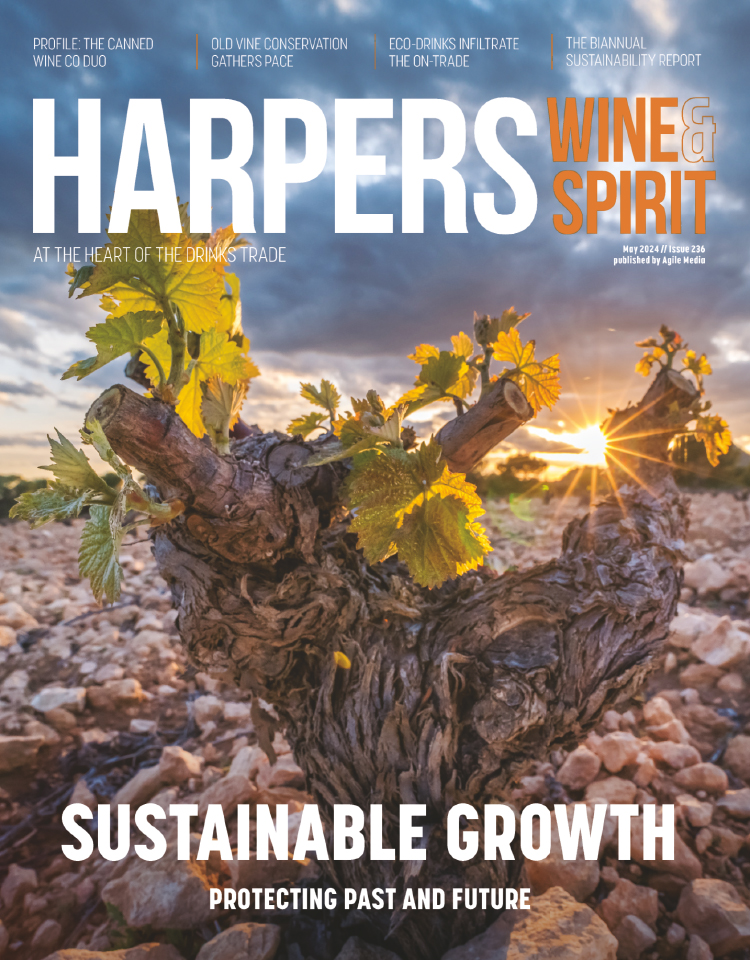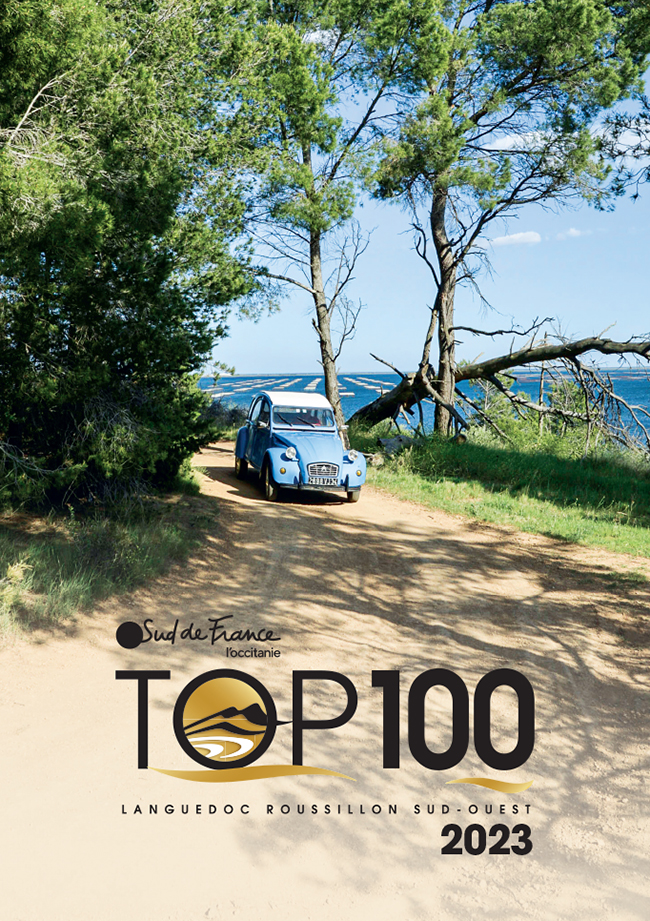New Sangiovese clones
The newly unified Consorzio Chianti Classico released the results of its Project 2000 viticultural study last week and also launched its new logo and UK marketing campaign.
Project 2000, which has been 16 years in development, is a wide-ranging research project that looked at aspects of production in Chianti Classico, such as rootstocks, planting density and vine training. The largest part of the project was the development of new Sangiovese 'super-clones'. Seven have now been produced and tested, with a commercial release of the new clones expected next year.
Daniele Rosellini, technical director at the Consorzio, said the adoption of the clones could lead to a 'possible reduction in the use of barriques and international varieties such as Cabernet and Merlot in the production of future Chianti Classico'.
The new clones, although each has different characteristics, are said to produce less 'hard' tannin and more 'fruity' flavours than previous clones of Sangiovese.
Other new recommendations include increasing planting densities from 3,500 plants/ha to 5,000 plants/ha, and that the best training system uses espalier and is 60cm in height.
The Consorzio has announced that the Black Rooster, the long-standing symbol of the region, would now be incorporated into the official DOCG seal, to appear on every bottle of Chianti Classico.
Diuska Luppi, director of marketing for the Black Rooster campaign, added that the centrepiece of the new UK activity would be a Black Rooster Wines Week 'that will include high-profile on- and off-trade consumer sampling in October 2005.





